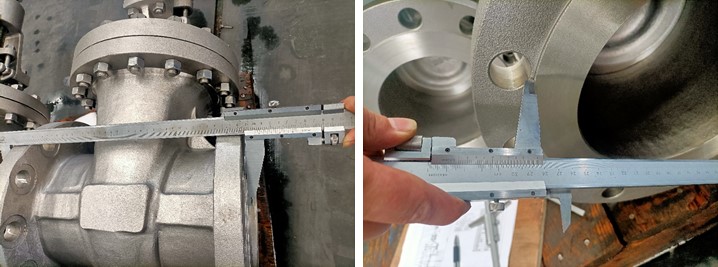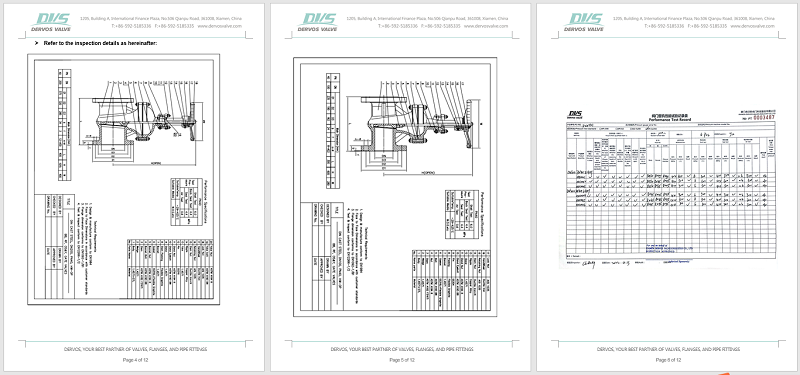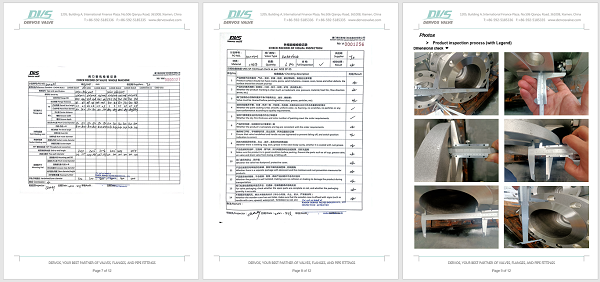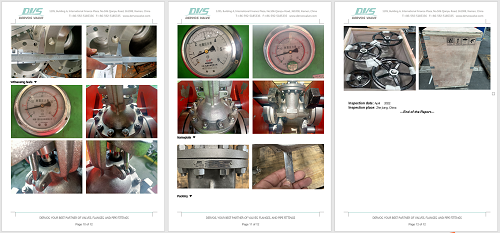DN200 PN40 gate valve is made according to EN1984 standard. The valve body is made of 1.4571+STL. It has the structural characteristics of bolt cover, elastic gate, rising stem and bracket. Its connection mode is EN1092-1/B. And it has hand wheel operation mode.
Payment:
30% when order confirmed, 70% before shipmentProduct Origin:
ChinaColor:
CustomizationShipping Port:
Shanghai, ChinaLead Time:
30~60 days Ex Works after order confirmationMaterial:
1.4571+STLMethod of Operation:
HW-OPProduct Description
|
Type |
Gate Valve |
|
Size |
DN200 |
|
Pressure |
PN40 |
|
Connection |
EN1092-1/B |
|
Operation |
HW-OP |
|
Body Material |
1.4571+STL |
|
Design Norm |
EN1984 |
|
Face to Face Dimensions |
Customer Standards |
|
Flange dimension |
EN1092-1/B1 |
|
Test & Inspection Code |
EN12266-1/2 |
|
Temperature |
-29 ~ 425°C |
|
Applicable Medium |
Water, Oil and Gas |
Features
1. Low fluid resistance, effortless opening and closing, unrestricted medium flow direction;
2. Simple form, short structural length, good manufacturing process, and wide application range.
Technical Drawing

Dimension Checking

Pressure Testing

Nameplate & Packing

Inspection report




If you are interested in our products and want to know more details,please leave a message here,we will reply you as soon as we can.